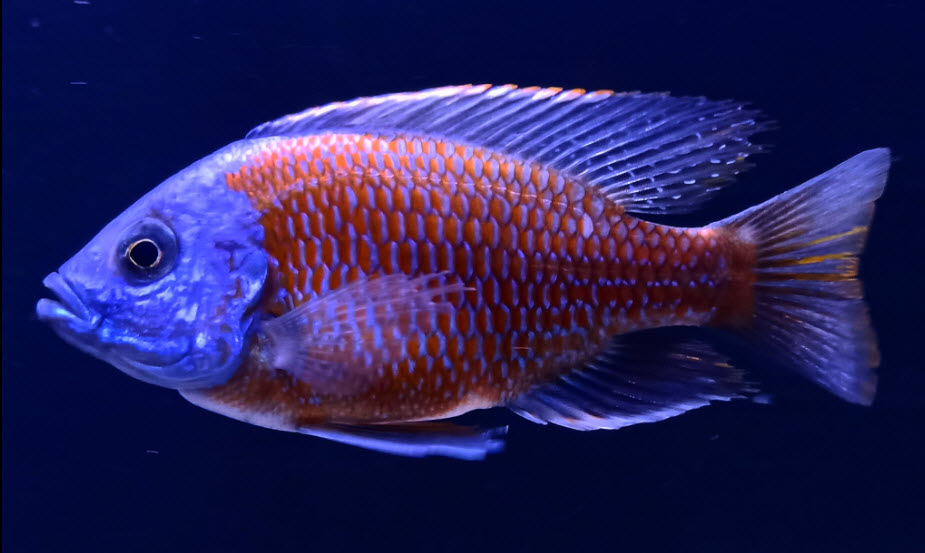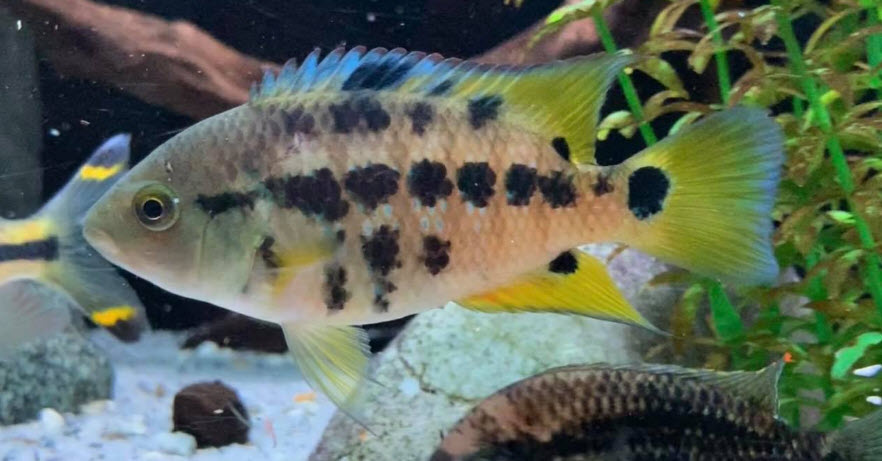
Roughly 98% of all municipal water supplies in the US have chlorine or chloramine added to the water. This chlorine is added to kill bacteria in the water. If this wasn’t done, people would get waterborne diseases. The author spent several weeks close to death after brushing his teeth with poorly chlorinated water from a municipality in the “undeveloped” world, so he will tell you chlorination is a very good and necessary thing.
This chlorine and chloramine are poisonous to fish in even very small quantities (> 0.05 ppm). It is important to use something called a “conditioner” to neutralize this chlorine and chloramine. Note that NONE of these conditioners even temporarily “detoxify” ammonia, nitrite and nitrate. NONE, not even Seachem Prime. More can be found on this topic in this article:
5.5.3. Conditioners

Chlorine Removers or “Conditioners”
My recommendation with conditioners is simple:
.
Buy ONLY Conditioners that say “Sodium Thiosulfate” on the Bottle in the Ingredients List. Then use 5X the Recommended Dosage.
.
If the tap water has chlorine or chloramine the water can typically be treated with a conditioner in the water change bucket. Then it can be added to the aquarium. Alternatively, the conditioner can be added to the tank before the change water is added. Dosage should be based on the amount of change water. The amount should NOT be calculated based on the tank size.
When a water system is on chloramine. the chlorine pulses need to be frequent. Depending on the water quality it might be as often as weekly. This is why some suppliers of conditioners recommend five times the level of conditioner for chloramines that is used for chlorine.
Note that for discussion purposes chlorine and chloramine are identical. All conditioners which neutralize chlorine also neutralize chloramine with equal efficiency. There is just some subtleties about treating chloramines (having to do with the ammonia in the chloramine) which require a separate discussion.

For more information on chlorine and chloramine click on the following:
5.5.1. Chlorination in Depth
5.5.2. Chloramine in the Aquarium
5.5.3. Conditioners
5.5.4. Stress Coat Products
.
Return to Water Parameters Menu
.
Aquarium Science Website
The chapters shown below or on the right side in maroon lead to close to 400 articles on all aspects of keeping a freshwater aquarium. These articles have NO links to profit making sites and are thus unbiased in their recommendations, unlike all the for-profit sites you will find with Google. Bookmark and browse!
.

Brad - UK says
Hi Dave,
I have just read that vitamin C can be used as a chlorine and chloramine remover?!
Have you had any insights into this usage of vitamin C?
Thanks,
Brad
Dave says
In reply to Tristan … All conditioner are weak reducing agents which react over a span of days with organic matter. So in a matter of days in the “normal” aquarium the excess thiosulfate (and any other conditioner in excess) is gone.
Tristan says
Hey Dave! does sodium thiosulfate (or other conditioners for that matter) decompose in the aquarium to base components once there is no more chlorine/chloramines to continue the oxidation reaction? I would imagine no(or more correctly very slowly?) given that they come in a solution of water that is shelf stable? Not that this question has any practical application given the levels you would have to get to that would be a concern (and given the risk reward of any excess chlorine with an aquarium). just curious more than anything else…..
Bz says
Was randomly scrolling through the NYTimes on my phone when I ran across an old article from 2022 on how 21,000 fish died overnight at a research facility from chlorine. They suspected a pump had somehow malfunctioned and sent chlorinated water the wrong direction (ie to fish tanks).
“Overnight… enough chlorine had entered the tanks for there to be a similar amount to that in tap water — a dangerously high amount for fish, Dr. Brignolo said. Fish are not supposed to be kept in water containing even small quantities of the chemical.”
Only 100 fish were still alive the next morning.
Yet there are still idiots out there who won’t use dechlorinators. Just sayin.
Britt says
That said, so far I am showing 0.5 nitrites, just like I did for about two weeks before I cycled. Guess I am waiting until that goes to zero to do a water change and add fish. This site has been extremely great in educating myself about this stuff. Invaluable. I feel I would know so much less in an environment of so little information. Great to communicate with you!
Dave says
In reply to Brett …. It shouldn’t hurt very much. The amount of biomass and plants should be much more than the 1 ppm or so of chlorine will affect.
Britt says
Hello. I did a 50% water change and forgot to add conditioner for 6 hours two days ago. I use API Tap Water Conditioner normally, at the recommended dose but I will up that in the future. My lightly planted 65 gallon with a Fluval 407 canister filter stocked with Poret foam had just cycled 10 days prior. I had tiny bubbles and then a milky haze since. Tank started smelling sulpher-y, ammonia-y. I stopped feeding (no fish yet, using clear ammonia) and now the smell is more back to normal. Ammonia is zero, nitrite 0.5. I realize I will have to be patient and test to determine where things are, but I am curious, how badly would I likely have harmed the biofilter? Would it be totally whipped out/starting from scratch? Big fan. Thanks!